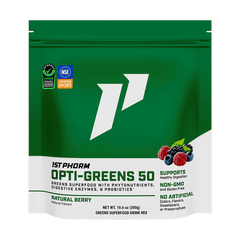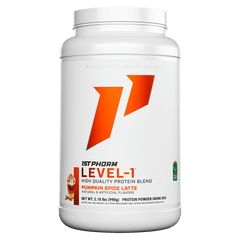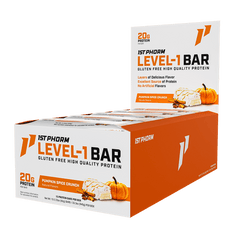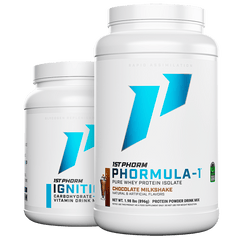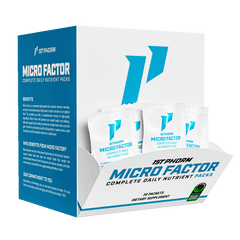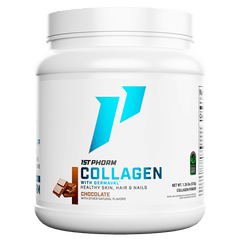The Foundation of a Thermogenic: Green Tea
Have you looked at the calendar? Has it hit you that you have around ten weeks before the month of June and the official start of summer? Yeah, that is correct; it is time to get serious. Before you know it, it will be time for you to look your best. No shirts and shorts for the guys and bikinis and cover ups for the girls. This time of year brings added interest in losing fat and improving your body composition. Thermogenic ingredients have become extremely popular for their ability to increase energy expenditure, burn fat and increase both energy and alertness. As a whole a thermogenic is any ingredient or product that increases thermogenesis, a process in your body that is linked to your metabolism and calorie burning. A number of things can increase thermogenesis namely exercise. When you exercise regardless of whether it is an easy walk, a challenging run or a weight workout, your body increases the amount of calories being burned because this process makes energy available to your working cells. More energy needed = more calories burned = greater increases in thermogenesis. Many ingredients found in plants when they are ingested also increase thermogenesis; these ingredients are often referred to as thermogenic ingredients.
Green tea is one of these thermogenic ingredients. Green tea also contains an abundant amount of other things which are linked to improvements in a number of aspects of health. When consumed as a beverage, green tea is one of the most widely consumed in the world. Its popularity has increased significantly in the last few years because of the perception it is a healthy drink. Allow me to digress for a moment. The positive health status of tea, green tea and black tea is absolutely true, but when it is adulterated with copious amounts of sugar, milk and honey its nutritional content starts to resemble that of a soft drink. Green tea contains caffeine and a number of catechins. Catechins are a group of compounds found in plants that are powerful antioxidants and have been shown to have a positive impact on overall health and they are regularly researched for their role in cancer and obesity treatment. One of these catechins, epigallocatechin-3-gallate (EGCG) is found in the highest concentration and has been used the most in this type of research.
A number of research studies have examined the role of green tea in stimulating weight loss and energy expenditure (Dulloo, Duret et al. 1999; Berube-Parent, Pelletier et al. 2005; Nagao, Komine et al. 2005). Their favorable results have led to green tea being considered as one of the foundational ingredients in many thermogenic products. One of these studies provided a combination of caffeine (50mg) and EGCG (90mg) at each meal over a six week period. This combination was found to result in a significant increase in energy expenditure over a 24 hour period as well as an increase in fat oxidation (Dulloo, Duret et al. 1999). This led other researchers to further examine the impact of combining caffeine and EGCG on its ability to increase calorie and fat burning. A later study did just this and had research subjects consume a number of combinations of caffeine and EGCG in an attempt to find the most effective combination. Each research person was tested five times and each time they consumed a single dose of their assigned supplement and then had their calorie burning rates measured. One condition was a placebo while the other four conditions provided 200 mg of caffeine and either, 90, 200, 300 or 400 mg of EGCG (Berube-Parent, Pelletier et al. 2005). Under each condition the capsules were consumed 30 minutes before standardized meals. An interesting response occurred where the combination of caffeine of EGCG increased energy expenditure to a similar extent which led the authors to conclude that a modest dose of EGCG (90mg) was equally effective as higher doses at stimulating calorie burning when combined with a 200 mg dose of caffeine. Therefore, if you have ever wondered why thermogenics include both caffeine and EGCG these two studies help to give you an answer, because they both seem to work better together, particularly when targeting outcomes related to calorie burning and fat loss.
A number of other studies have examined the impact of tea components on changes in energy expenditure and fat loss with favorable results as well. For example when subjects were given a tea beverage that contained high amounts of tea catechins (which primarily included green tea extract or EGCG), the subjects lost more fat over a 12 week period when compared to those subjects who ingested a beverage that contained negligible amounts of EGCG (Nagao, Komine et al. 2005). In summary, only two ways exist to fundamentally lose weight and fat: increase the amount of energy burned or decreased the amount of energy consumed. Thermogenesis is a process in your body that results in calorie burning and ingredients such as caffeine and EGCG have been shown to increase calorie burning and for this reason are commonly used in thermogenic formulations for their ability to increase weight loss and fat loss.
REFERENCES
Berube-Parent, S., C. Pelletier, et al. (2005). “Effects of encapsulated green tea and Guarana extracts containing a mixture of epigallocatechin-3-gallate and caffeine on 24 h energy expenditure and fat oxidation in men.” Br J Nutr 94(3): 432-436.
Dulloo, A. G., C. Duret, et al. (1999). “Efficacy of a green tea extract rich in catechin polyphenols and caffeine in increasing 24-h energy expenditure and fat oxidation in humans.” Am J Clin Nutr 70(6): 1040-1045.
Nagao, T., Y. Komine, et al. (2005). “Ingestion of a tea rich in catechins leads to a reduction in body fat and malondialdehyde-modified LDL in men.” Am J Clin Nutr 81(1): 122-129.


